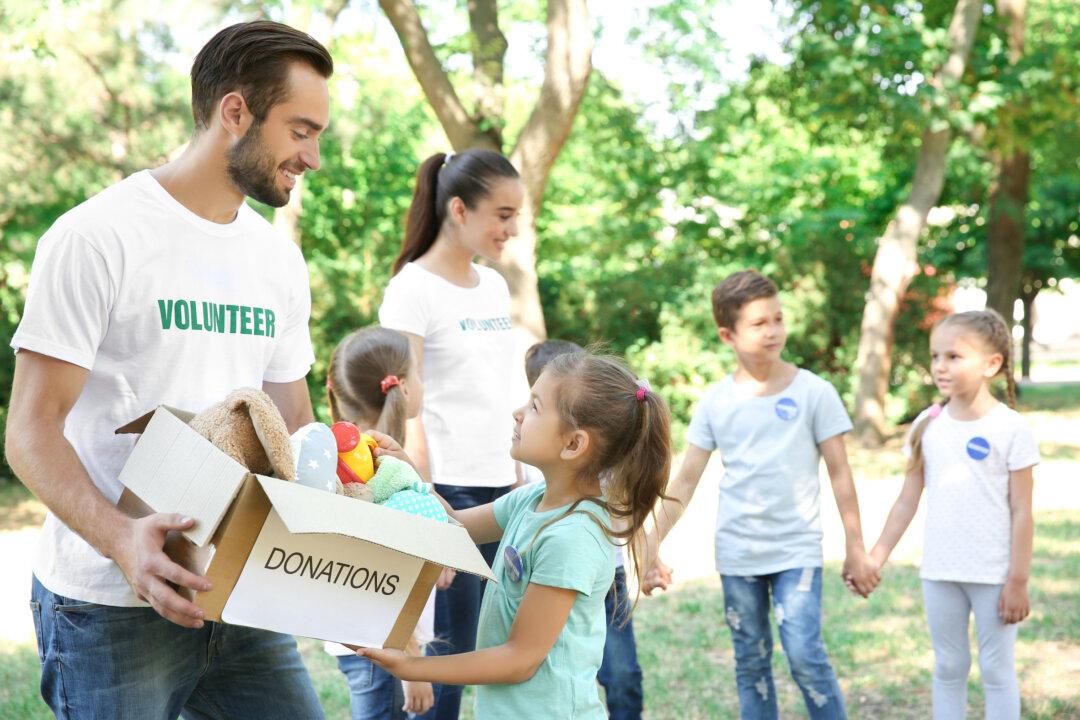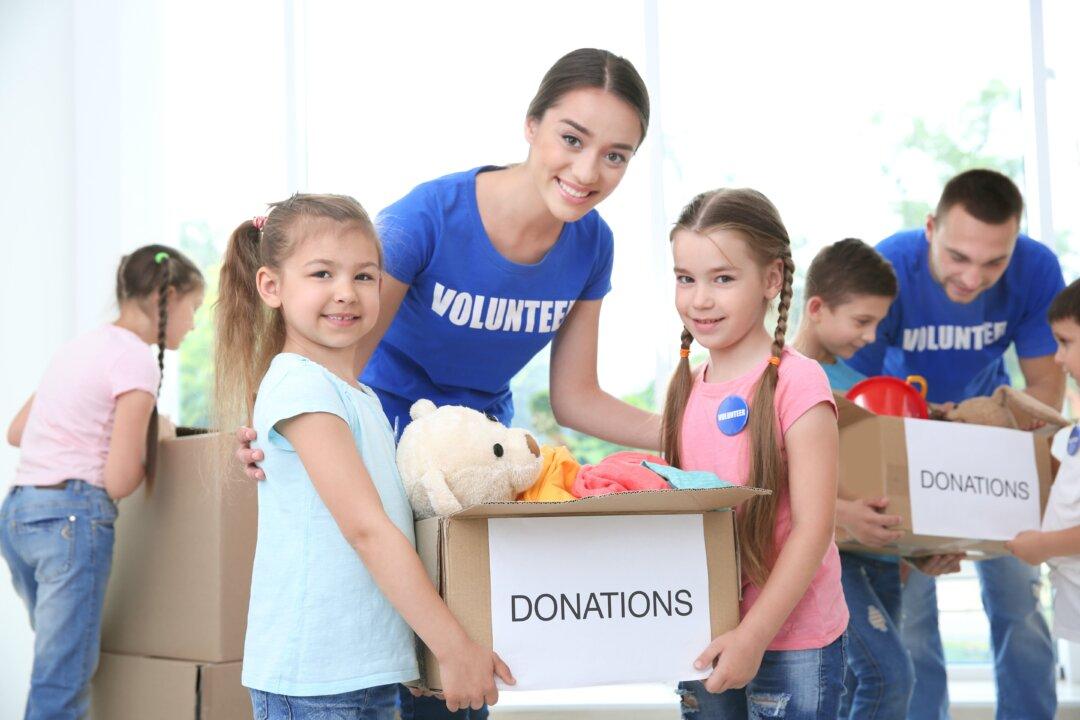It was Christmas day and our family was getting ready to volunteer at our local homeless shelter, where we expected to help distribute clothes, shoes, and other donations. My four kids had been excited to go, but since they were now snuggled on the couch with their new Christmas presents, they were less than thrilled to get up and leave.
As we were leaving the house, I shoved some cash I had received for Christmas that day into my pocket and asked my kids to do the same. “Hey,” I said, addressing all four of them. “I’m bringing some of my Christmas money with me. God might ask us to give it away. You might bring yours, too, just in case.”
“Dad, we’re tired. Can we just stay home?” they echoed in unison.
“It’s important that we go,” I reminded them. “Always be open and willing to give.”
My kids would tell you now that they knew I was right, but they left their Christmas cash wedged between wrapping paper and cards. We all hopped in the car and our white Suburban pulled out of the driveway.
The parking lot was packed. Wrapped around the gated fence surrounding the edges of the parking lot was a line of homeless people waiting to get inside. On the concrete lay rows and rows of donated shoes. There were kids’ shoes no longer than the length of an index finger, along with adult dress shoes, slippers, and sneakers all lined up ready to be worn.
An hour flew by. My daughter Lauren was frantically hunting for a pair of men’s dress shoes that would fit the homeless man who had just found pants and a suit in his size. To her right, she watched as a young volunteer walked up to the shoe pile and silently deposited his own clean, new shoes next to the homeless man’s pile of clothes. Just white socks covered his feet as he walked away on the chunky concrete with a small joyful smile on his face, ready to seek out someone else who needed help. As Lauren stood there watching, tears filled her eyes. She wondered, What if I gave freely like that?
Another man approached my son Conner and asked if we had any size 10.5 shoes. Most of the bigger sizes had been taken, so Conner shook his head, but at the same time kneeled down and began untying his own Adidas. “Here,” he said, holding the shoes out to the man. “These should fit.”
Immediately another woman approached the shortened rows of shoes. “I’m looking for a size 7.5 in tennis shoes,” she whispered. Lauren stepped across the row and slipped off her shoes. “These are exactly what you’re looking for,” she said. The woman objected, but Lauren insisted. “These are yours,” she told her, and slid the shoes into the woman’s bag. Without anyone else knowing, Hannah and Dillon had also slipped off their shoes and given them away.
My eyes filled with tears. Two hours before, our kids hadn’t even wanted to leave the comfort of our couch, and now they were walking around in socks on the coarse concrete.
A few minutes later, Lauren turned around to see a woman facing her across the rows of women’s shoes. “Hi, I’m a reporter for a local newspaper,” she said. “I saw what you did just now. Why did you do it?”
Lauren smiled and told her of the man who had led by example. She had simply followed.
As a dad, my heart beams with pride when I see my kids open their hearts to others. It wasn’t a million dollars or a brand-new car. It was just shoes. Replaceable. Shoes will rip and tear and get muddy and fall apart one day, but the look of shock on that man’s face when Conner reached down and began untying his own shoes—I’ll never forget it.
That afternoon, five members of my family walked back to our Suburban without shoes on their feet and a look of pure joy on their faces. That’s the power of giving—and it all started with one stranger leading by example.





